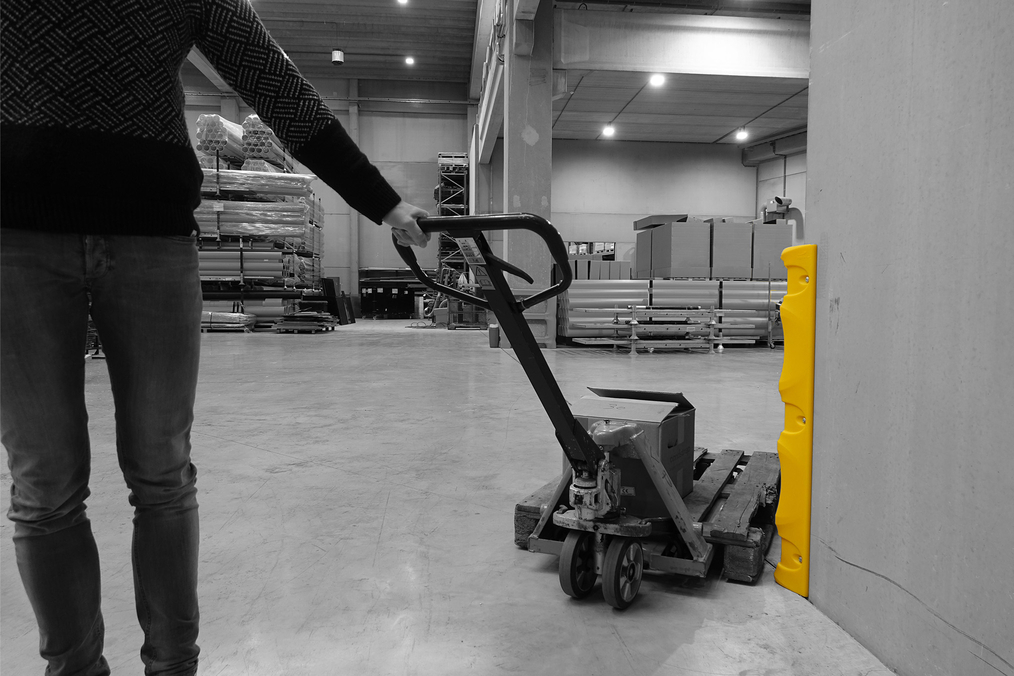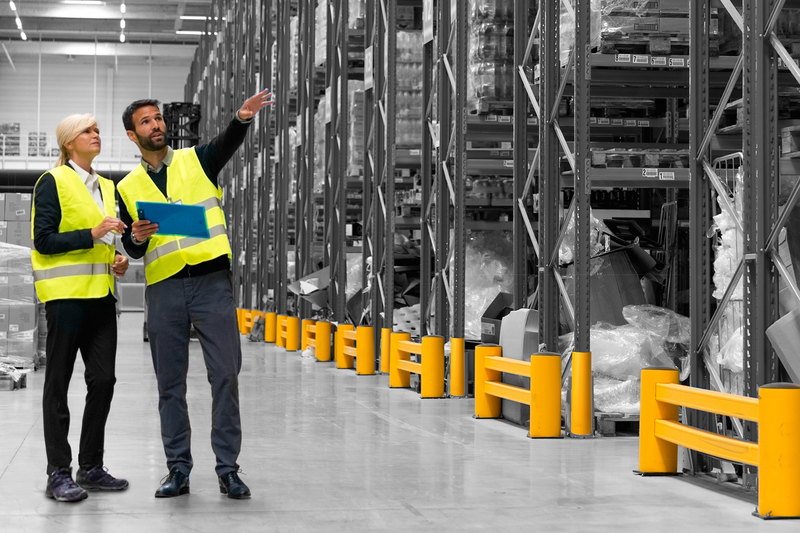Working students in the warehouse: what to look out for
During the holidays, many warehouses tend to have fewer available employees, prompting companies to turn to students to fill the shortfall. Thousands of students are employed every year. Companies benefit from the extra labour, while the students earn money on the side. In other words: everyone prospers. The downside? Workplace accidents. As a lack of experience and knowledge is often the cause of these accidents, this makes prevention and awareness essential. It starts with making people aware of safety measures. This article contains tips on how to make your warehouse a safe working environment for students and new employees.

Thorough training and effective supervision
Unlike permanent employees, working students have little or no experience with working in a warehouse. Finding themselves in a new environment, they tend to be unaware of the hazards involved, making it all the more important to inform them properly. Proper training helps them integrate into the new environment and protect them from serious workplace accidents. Companies often hold a safety presentation or issue an online questionnaire that the student must complete before starting work. This includes information on the risks associated with the job, first aid, evacuation, and so on. Preventive measures and protective equipment should also be clearly communicated. If it is not possible to complete an online test or safety presentation, this can be done as an on-site instructive conversation.
Adequate guidance is also essential. This starts with informing the permanent staff about the working students who have been employed. By communicating this clearly, these employees can repeat the safety rules and keep an extra eye on things. In addition, you can physically highlight the presence of the working students by providing them with suitable work clothing. This will make them more visible and easier to approach.
Take the working student's duties into account
The health and safety manager is well aware of the risks and can help determine which tasks are suitable for working students and which are best left for experienced employees to take care of. In addition, there are legal requirements to be met regarding the range of tasks that a working student may perform. Working students cannot be employed unless they have acquired specific skills, training or experience. For example, working students are not allowed to drive a forklift. However, a student may (subject to strict conditions) use an electric pallet truck to move goods. The student's age must be factored into this decision. For example, the student must be at least 16 years of age to operate a pallet truck with a co-driver. From the age of 18, working students may also drive a pallet truck, provided they have a co-driver.
Be patient and understanding
Do not expect a working student to have all the knowledge to do the job well. Even with proper training and guidance, a working student is still working without any practical experience. While some tasks may seem obvious, this is rarely the case for a newcomer. Therefore, act as a coach and guide the trainee patiently through the warehouse environment. Prevent them from making inefficient or dangerous decisions and redirect them with practical insights and valuable safety tips. You will be teaching them a useful, lifelong skill: how to be safe.
Safety protection
Accidents can happen at any time. This is why it is worth investing in polymer safety barriers. They protect pedestrians, infrastructure, machinery and buildings. Although a risk assessment and traffic plan are essential in any business environment, physical protection is always more effective than raising awareness. Unsure where to start? Take a look at one of our white papers and read up on safety solutions specific to your industry.
